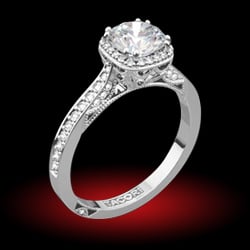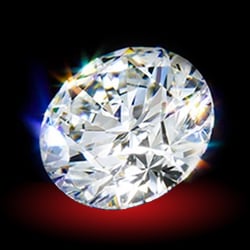- Joined
- Aug 15, 2000
- Messages
- 19,080
This is a common topic in the colored stone world.
I just read many of the threads here, inspired by an article Richard Hughes wrote for the australian jewellery valuers mag, and sadly, it seems that few colored stone people understand the cause of extinction- it is the viewers head and body (or camera) obscuring light.
In the Diamond world this was bought to our attention by Bruce Harding, aka Beryl, and I commend his work, which was almost entirely about colored gems, but to date seems mainly have been useful for diamonds.
https://www.pricescope.com/community/threads/the-amazing-work-of-bruce-harding-aka-beryl.151115/
Here is a link to introduce you to Bruce - and i am sure if you invite him, he will come and play here too.
For those of you on this board who love colored gems, you may find this very useful. Bruce's work is very simply explained and although it ends up being very complex, just the first one or two pages will be very instructive.
Meanwhile, a simple experiment:
Take a gem with a lot of extinction in a well lit room (daylight or fluoro tubes - bath rooms with mirrors and lots of light etc) and a sheet of copy paper with a 1/2 inch hole opked in the center.
Look at the gem, then with plenty of light shining on the white paper, peek thru the hole - and you will find a lot of the extinction will have disapeared.
I just read many of the threads here, inspired by an article Richard Hughes wrote for the australian jewellery valuers mag, and sadly, it seems that few colored stone people understand the cause of extinction- it is the viewers head and body (or camera) obscuring light.
In the Diamond world this was bought to our attention by Bruce Harding, aka Beryl, and I commend his work, which was almost entirely about colored gems, but to date seems mainly have been useful for diamonds.
https://www.pricescope.com/community/threads/the-amazing-work-of-bruce-harding-aka-beryl.151115/
Here is a link to introduce you to Bruce - and i am sure if you invite him, he will come and play here too.
For those of you on this board who love colored gems, you may find this very useful. Bruce's work is very simply explained and although it ends up being very complex, just the first one or two pages will be very instructive.
Meanwhile, a simple experiment:
Take a gem with a lot of extinction in a well lit room (daylight or fluoro tubes - bath rooms with mirrors and lots of light etc) and a sheet of copy paper with a 1/2 inch hole opked in the center.
Look at the gem, then with plenty of light shining on the white paper, peek thru the hole - and you will find a lot of the extinction will have disapeared.







300x240.png)